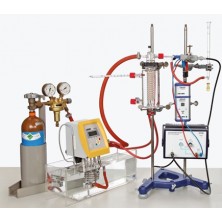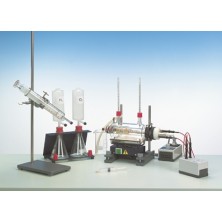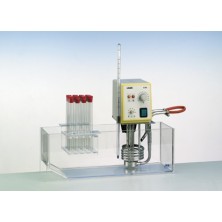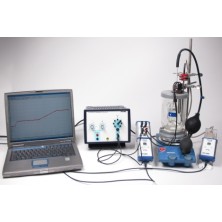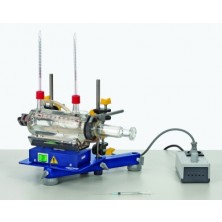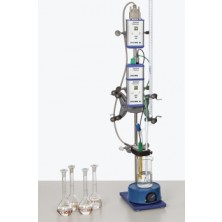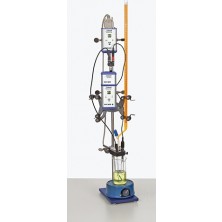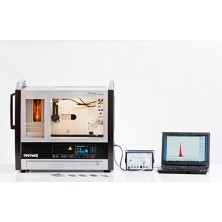
Quantitative X-ray fluorescence analysis of alloyed materials
Item no.: P2545001 Principle Various alloyed materials are subjected to polychromatic X-rays. The energy of the resulting fluorescence radiation is analysed with the aid of a semiconductor detector and a multichannel analyser. The energy of the corresponding characteristic X-ray fluorescence lines is determined. In order to determine the concentration of the alloy constituents, the intensity

